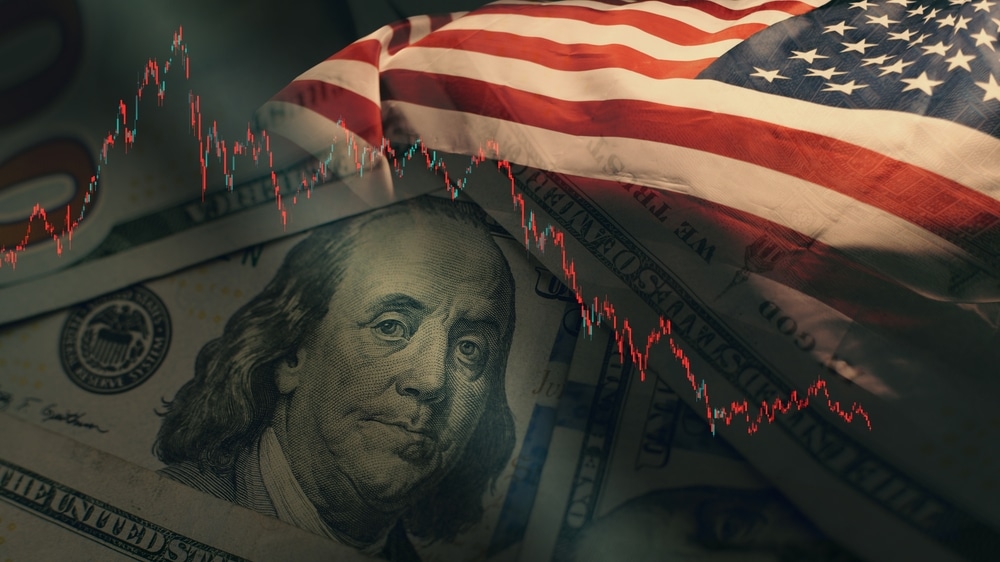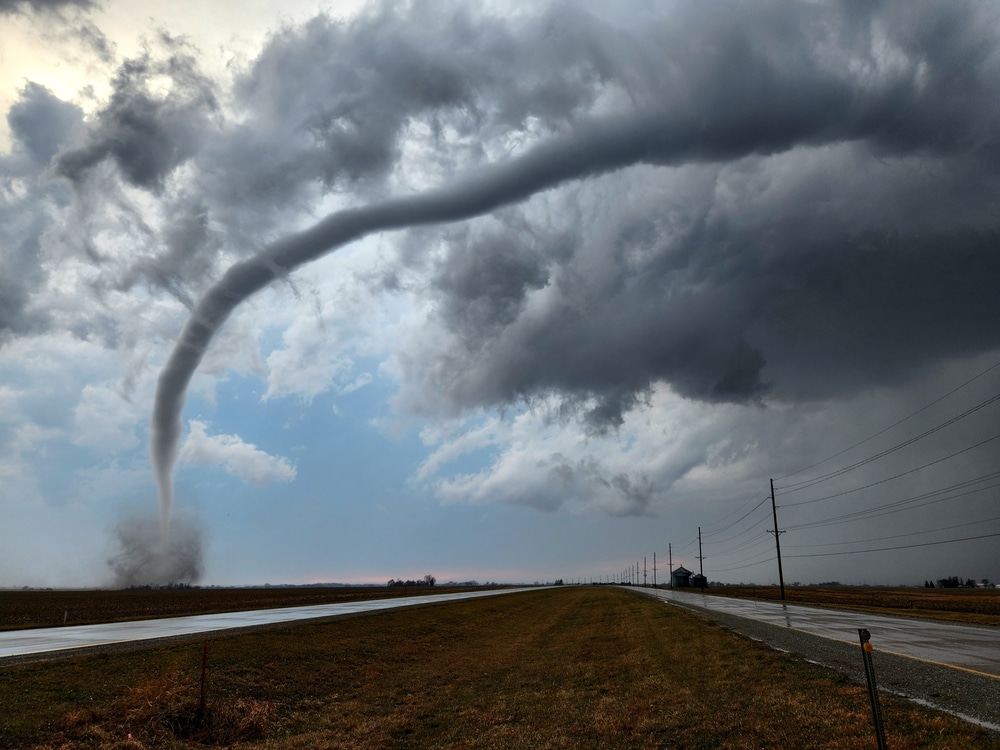(OPINION) The balance sheets of America’s banks are packed with bad loans and bad investments, and that is really bad news for all of us because the banks are the beating heart of our economic system.
Without the loans that they provide, we would not even have a functioning economy. So the health of our banks is of paramount importance. Today, there are more than 4,000 banks in the United States, and maybe a few hundred of them could be considered healthy.
Most of our banks fully understand that they are in really deep trouble, and they are feverishly trying to avoid the same fate as Silicon Valley Bank, Signature Bank and First Republic Bank. The following are 3 things that troubled U.S. banks are doing as they scramble to survive…
#1 Troubled U.S. Banks Are Dramatically Tightening Lending Standards
I warned my readers that a credit crunch would be coming, and that is precisely what we are witnessing. According to one recent survey, Americans are being turned down for loans at staggering rates…
A new survey published by Bankrate found that 50% of loans or financial product applicants have been denied since the Fed started raising rates in March 2022.
Credit card applications have been rejected the most frequently, with 14% of Americans reporting that banks denied them a new credit card while another 6% were refused a balance transfer card.
Others were denied a credit limit increase on their existing credit card (11%), a personal loan (10%), car loan or car lease (9%), insurance (8%) and a mortgage loan (5%).
Banks are tightening their lending standards in response to higher interest rates. We haven’t seen anything like this since the Great Recession.
Unsurprisingly, those that have low credit scores are being denied loans most frequently… The share of Americans who have been denied a loan or financial product is “substantially” higher for those with lower credit scores.
For instance, about 73% of individuals with a “poor” credit score, ranging from 300 to 579, have been denied a loan or financial product, compared to 63% with “fair” credit, ranging from 580 to 669, and 55% with “good” credit, ranging from 670 to 739.
#2 Troubled U.S. Banks Are Closing Branches
This is a trend I have been tracking for a long time.When banks get into trouble, they cut costs, and closing branches is one way to do that.
During the most recent week that we have data for, U.S. banks filed to close another 23 branches… Banks filed to close 23 branches in a single week last month – with JPMorgan Chase alone announcing plans to shut 18 in California alone.
All but one of those branches were locations of First Republic Bank, the failed commercial bank and wealth manager it acquired last year.
#3 Troubled U.S. Banks Are Slashing Jobs
Conducting mass layoffs is another way that banks are cutting costs. Last year, the biggest banks in the world collectively laid off more than 60,000 workers. That was the largest number that we have seen since the global financial crisis…
According to the FT’s calculations, 20 of the world’s largest lenders cut at least 61,905 jobs this year. It was one of the worst years for job cuts at banks since the 2007-2008 financial crisis, when banks eliminated 140,000 positions.
Aside from UBS, the second largest number of job cuts happened at Wells Fargo, which reduced its headcount by 12,000. So far in 2024, the pace of banking layoffs far exceeds what we witnessed in 2023. (READ MORE)


















